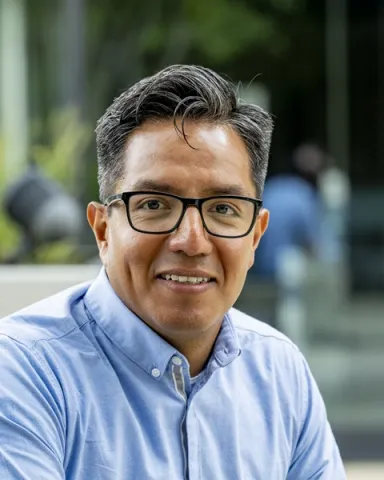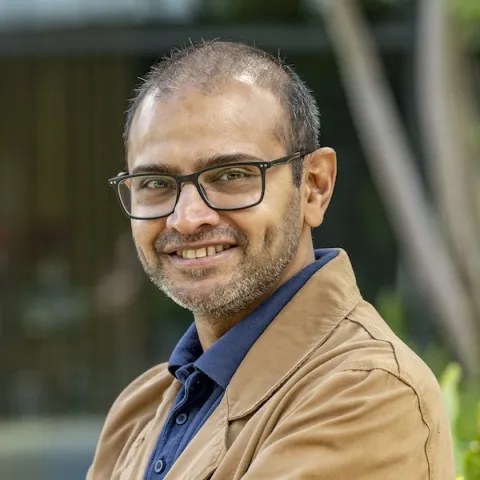About the project
As a researcher on this project, you’ll have the opportunity to:
- engineer a novel bio-inspired propulsion and control system inspired by rays
- produce efficient and effective swimming by integrating ray-inspired sensory information and movement
- learn how to test concepts with mechanical models and work with neural networks to interpret sensory information
- work in the Maritime Robotics Lab and Experimental Fluids Lab located at Highfield and Boldrewood Innovation campuses
- interact with other students in your cohort, organise industry facing workshops, and report your progress to the Defence Science and Technology Laboratory (DSTL)
Rays have arrays of pressure sensors all along their wings (pectoral fins). These sensors provide information about the flow state over their wing. Sensor distribution differ between rays that undulate with small amplitude travelling waves and those that flap with large amplitudes.
Your project will utilise a neural network to understand how actuation and sensing relate in a ray-robot capable of undulation and flapping.
You’ll also develop a ray-inspired wing capable of out-of-plane morphing, using sensing and two neural networks for control. The ray inspired morphing wing will receive input from ray-inspired distributed sensing. It will combine patterns seen in both undulators and oscillators.
You’ll exploit the broad distribution of sensors by morphing along the oscillation-undulation gradient. This represents actual ray kinematics. You’ll use a pair of neural networks to integrate the sensing and out-of-plane morphing.
A supervised learning network will receive the sensory input to estimate the state of the wing and the forces and moments acting on it. A reinforcement learning network will teach the robot how to swim with extended endurance or enhanced manoeuvring. These 2 learning networks will look for the most effective swimming kinematics.
You will optimise energy efficiency to produce extended endurance. If there is time, this can be extended to include swimming and manoeuvring through turbulence.
Dr Jorn A Cheney works at the interface of biology and engineering on wing morphing. Dr Sergio Araujo-Estrada integrates flight control systems with artificial intelligence. Professor Bharath Ganapathisubramani works in experimental fluid mechanics.
We are inspired by how nature interacts with the physical environment and the ideas that we can generate by studying animal movement.
We are a supportive and inclusive community and will help you build a large and supportive network. You will meet marine biologists, neuroscientists, roboticists, and mechanical engineers. We are passionate about interdisciplinary science and as a team have supervised more than 20 PhDs to successful completion.
In addition to research skills, you’ll receive formal training during your PhD, in line with the University’s Doctoral College. This training will ensure that by the time you complete your PhD you have fundamental and specific transferrable skills.
The (DSTL) has awarded the University of Southampton with 3 PhD studentships in bio-inspired underwater propulsion. You will become a part of a UK-wide cohort of PhDs in this area, which includes students at other UK based universities.


